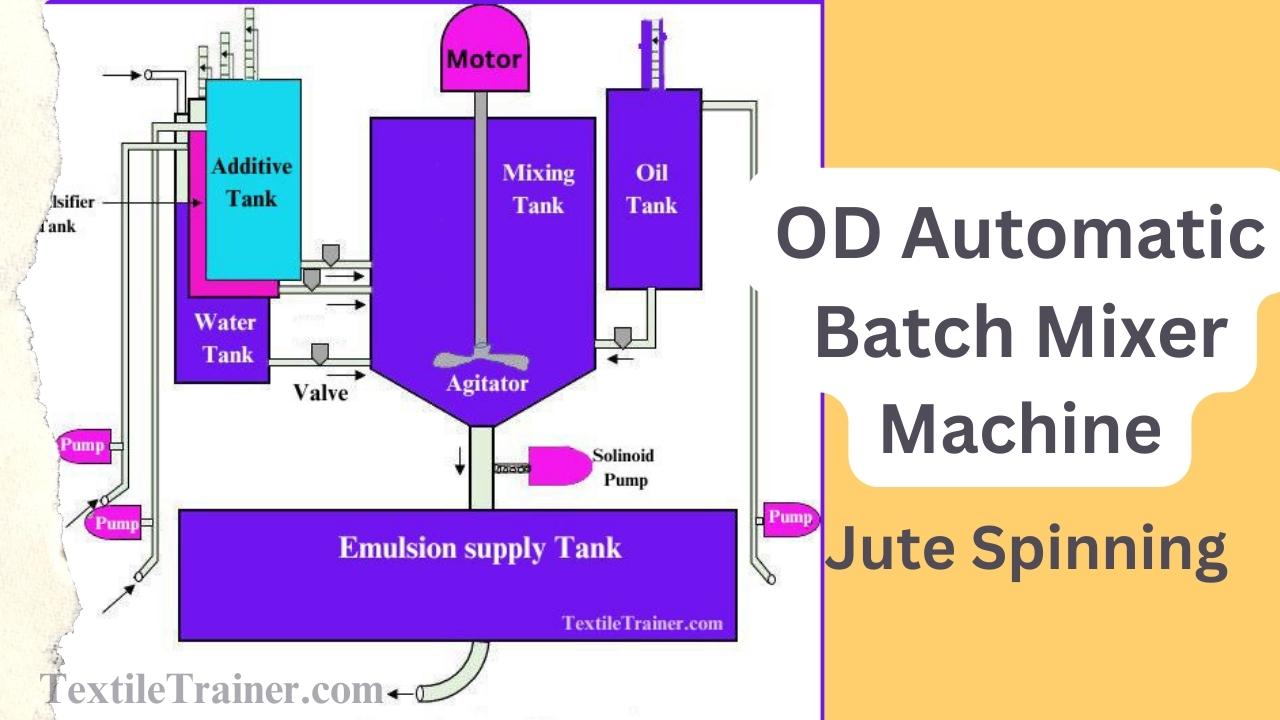Combined Scouring and Bleaching Process on Cotton Fabric
Name of the Experiment:
Study on Combined Scouring and Bleaching Process of Cotton Fabric.
Introduction:
A process where fats, oils, waxes, and other impurities are removed from textile materials by applying a certain percentage of alkali treatment and increasing their absorbency, is referred to as scouring. It is the objective of scouring to remove oily, waxy, and other impurities from the textile goods. Scouring increases the absorbency of the textile goods. In addition, it also helps to even out dyeing.
On the other hand, bleaching refers to the process by which the natural color of a fiber can be removed from the textiles, making them completely white and bright. As a result of bleaching, the natural color of the fabric is removed, increasing the fabric’s absorbency. In addition, the bleaching process helps to ensure the fabric’s dyeing process is never compromised. Both process is import for dyeing. But today many research is going, dyeing without scouring and bleaching process. It is possible to dyeing without scouring and bleaching process in case of light shade. But in case of deep shade, it is not possible to get deep shade without these two important process.
As a part of this experiment, we will learn how to combine the scouring process with the bleaching process of cotton fabric.
Objectives:
- To know about scouring process.
- To know about bleaching process.
- Come to learn combine scouring and bleaching process on cotton fabric.
- Come to learn recipe calculation of scouring and bleaching process.
Typical Recipe for Scouring and Bleaching:
| Chemical | Amount (gm/l) |
| Wetting agent | 0.5-1.0 gm/l |
| Detergent | 1.0-2.0gm/l |
| Sequestering agent | 1.0-3.0 gm/l |
| Per-oxide Stabilizer | 0.5-1 gm/l |
| Caustic soda | 3.0-6.0 gm/l |
| Hydrogen peroxide | 2.0-6.0 gm/l |
| Temperature | 950-1000C |
| Time | 40-60 min |
| pH | 11±0.5 |
| M:L | 1:20 |
| Sample weight | 5 gm |
Recipe Calculation for Lab Report:

Combined Scouring and Bleaching Curve:

Working Procedure:
- At first, set the bath with sample and auxiliaries (wetting agent, sequestering agent, peroxide stabilizer and caustic soda) at room temperature.
- Now, raise the temperature and add hydrogen per-oxide after 5 min.
- Raise temperature to 90-950C with in 1-2 min.
- Run the bath for 45-60 min. It necessary to increase temperature with in short time for rapid bleach.
- After 45-60 min, cool down temperature to 60-700 C and drop the bath.
- Now, rinse twice with hot and cold water.
- Than sample is treat with peroxide killer for 10 min to remove residual peroxide in the sample.
- Finally, neutral the sample.
Result:
The following result was found for the combined scouring and bleaching process.

Conclusion:
As a part of the dyeing process of cotton fabric, it is important to scour and bleach the fabric. With out scouring process and bleaching process, it is difficult to get even shade in dyeing process. So, we have to pay our attention in scouring and bleaching process. After scouring and bleaching process, sample must be clean well to remove impurities.
As we use alkali, so it need to neutral. As a result of this experiment, we learned about the scouring and bleaching process of cotton fabric, as well as the procedure for scouring and bleaching cotton fabric together. It was a great pleasure to work with our teacher on this experiment. It will be very beneficial to us in the future.
Reference:
- Belal, P. D. (2016). Understanding Textiles for a Merchandiser. Dhaka: LB Graphics & Printing.
- Corbman, B. P. (1987). Textile Fiber to Fabric. Singapore: McGraw Hill Book Co.
- Hossain, M. F. (2015). Practice of Textile Coloration, Volume-I. Dhaka: Books Fair Publications.
- Kabir, D. S. (2016). Chemistry of Dyes & Pigments. Dhaka: Books Fair Publications.



